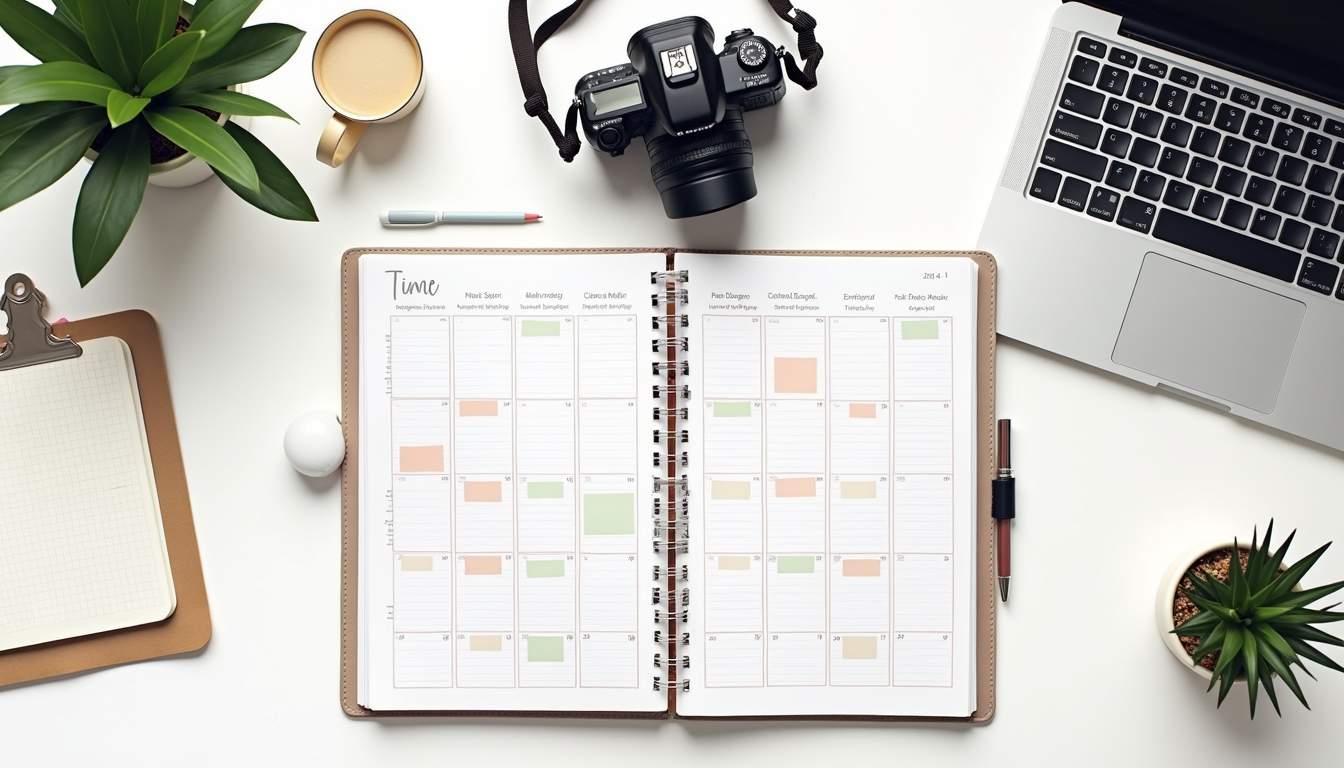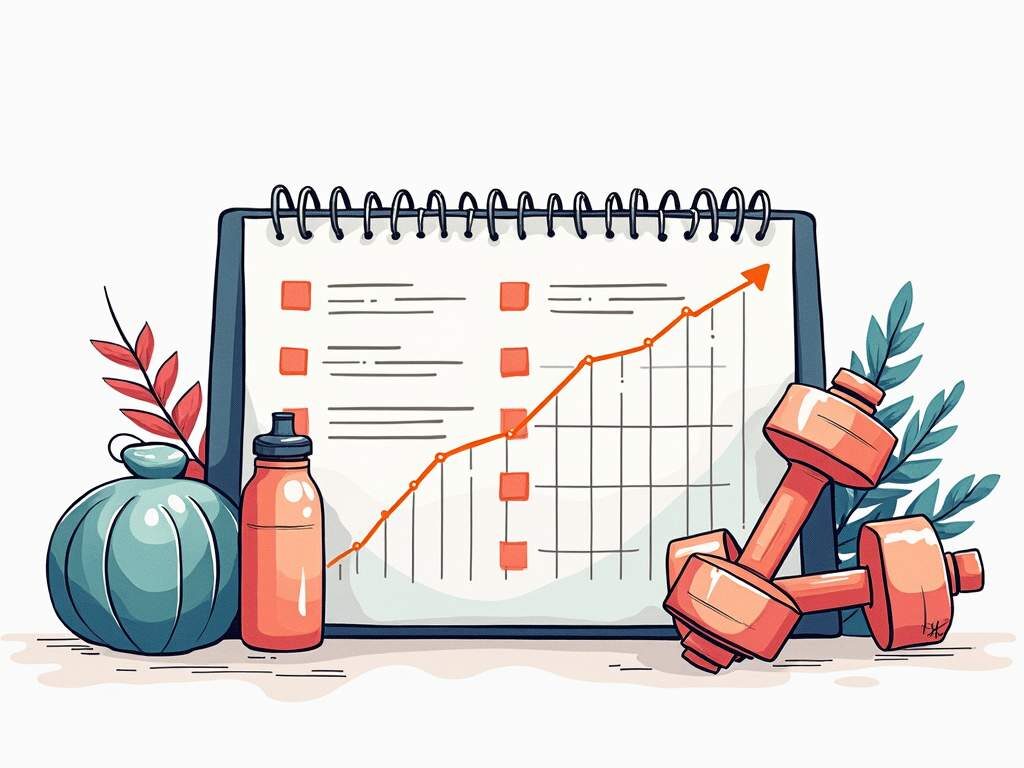As a photographer, you’re not just an artist—you’re a business owner, customer service rep, social media manager, and sometimes even a therapist for nervous clients. Juggling all these roles while maintaining your creative edge can feel like trying to nail the perfect shot during golden hour with a quickly setting sun. Let’s dive into some practical focus techniques that can help you manage your photography workflow without burning out or sacrificing quality.
The Photographer’s Focus Challenge
The photography business presents unique focus challenges. One minute you’re deeply immersed in creative editing, the next you’re answering urgent client emails or rushing to a shoot. This constant context-switching can drain your creative energy and reduce productivity.
Many photographers report that it takes an average of 23 minutes to fully refocus after an interruption. That’s a lot of lost creative time when you’re jumping between tasks throughout the day!
Signs You Need a Focus Overhaul
If you’re experiencing editing backlogs, frequently missing deadlines, feeling perpetually exhausted, or noticing a decline in your work quality, your focus system needs attention. These aren’t just annoyances—they’re warning signs that your current approach isn’t sustainable for your business or wellbeing.
Time Blocking for Photographers
Time blocking is a game-changer for photographers. Instead of reacting to whatever demands your attention first, proactively schedule specific blocks for different activities. This approach creates mental boundaries that help your brain fully engage with one type of task at a time.

Creating a Photographer-Friendly Schedule
Consider your natural energy patterns when creating your schedule. Are you more creative in the mornings? Block that time for editing. More social in the afternoons? Schedule client calls then. A typical photographer’s time block schedule might include:
- 7-9 AM: Email management and administrative tasks
- 9-12 PM: Deep editing work (when creativity is fresh)
- 12-1 PM: Lunch and social media updates
- 1-3 PM: Client calls and consultations
- 3-6 PM: Photo shoots (taking advantage of afternoon light)
- 7-8 PM: Quick review of the day’s shoots
The Pomodoro Technique with Focus Keeper
The Pomodoro Technique works brilliantly for editing sessions. This method involves working in focused 25-minute sprints followed by 5-minute breaks. After four sprints, you take a longer 15-30 minute break. The Focus Keeper app is perfect for photographers implementing this technique, as it tracks your work intervals with a visually pleasing interface that won’t distract from your editing environment.
Focus Keeper also allows you to customize work intervals, which is helpful when you’re in a deep editing flow and want to extend your focus time to 50 minutes instead of the standard 25. The app’s statistics feature helps you understand your productivity patterns over time, allowing you to optimize your schedule based on when you’re naturally most focused.
Batch Processing Similar Tasks
Batch similar tasks together to minimize mental switching costs. For example, dedicate Mondays to culling images from weekend shoots, Tuesdays to heavy editing work, and Fridays to client deliveries and social media scheduling. This approach leverages the momentum of staying in one mode of thinking.
Creating Distraction-Free Editing Environments
Your physical and digital environments significantly impact your ability to focus, especially during editing sessions that require attention to detail.

Physical Space Optimization
Create a dedicated editing space that signals “focus time” to your brain. Ensure proper ergonomics with a supportive chair and properly positioned monitor to prevent fatigue during long editing sessions. Consider noise-canceling headphones if you work in a shared space, and experiment with background sounds—many photographers find that rainfall or coffee shop ambient noise enhances focus without being distracting.
Digital Distraction Management
Your computer is both your primary tool and potentially your biggest distraction source. Try these digital focus techniques:
- Use Focus Keeper’s focus sessions to stay on track with editing goals
- Enable “Do Not Disturb” mode during editing blocks
- Close email and messaging apps while editing
- Use website blockers during deep work periods
- Create a separate user account on your computer just for editing work
Client Management Without Overwhelm
Clients are the lifeblood of your business, but their needs can quickly consume all your focus if boundaries aren’t established.
Setting Clear Communication Expectations
From your first client interaction, clearly communicate your response times and availability. Include these details in your welcome packet and contracts. For example: “I respond to emails within 24 business hours” or “Phone consultations are available Tuesdays and Thursdays between 1-5 PM.”
Using Focus Keeper’s timer for client calls helps maintain boundaries—when the timer goes off, you have a natural cue to wrap up the conversation. This technique prevents calls from expanding indefinitely and eating into your creative work time.
Sustainable Focus Habits for Long-Term Success
Building a successful photography business is a marathon, not a sprint. Sustainable focus habits prevent burnout and help maintain consistent quality.
The 2-Minute Rule for Administrative Tasks
If a task will take less than two minutes (like responding to a quick client question or backing up a set of images), do it immediately rather than scheduling it for later. This prevents small tasks from piling up and becoming overwhelming. For longer tasks, add them to your task management system to address during the appropriate time block.
Weekly Review and Reset
Dedicate 30-60 minutes each week (Sunday evenings work well for many photographers) to review your upcoming schedule, clear your desktop of unnecessary files, and prepare your task list for the week ahead. This ritual creates mental clarity and reduces Monday morning stress.
Use Focus Keeper’s longer focus sessions for these weekly reviews, setting a 50-minute timer to ensure you don’t get lost in planning mode. The structured time creates urgency that helps you make decisions rather than endlessly reorganizing your calendar.
Embracing Imperfect Focus
Remember that perfect focus doesn’t mean never being interrupted or always sticking to your schedule. The photography business involves real people with real needs that sometimes can’t wait. The goal isn’t perfection but improvement—creating systems that work most of the time while building in flexibility for the unexpected.

By implementing these focus strategies, you’ll find yourself with more creative energy, less stress, and ultimately better images for your clients. Your photography business deserves the same careful attention to detail that you give each image you create. With practice, focusing on the right things at the right time will become as natural as finding the perfect composition through your viewfinder.





